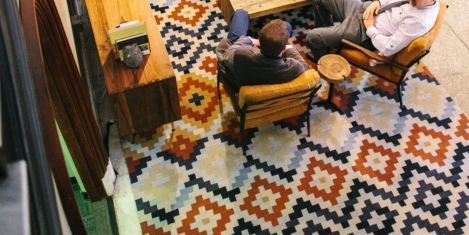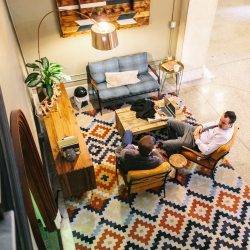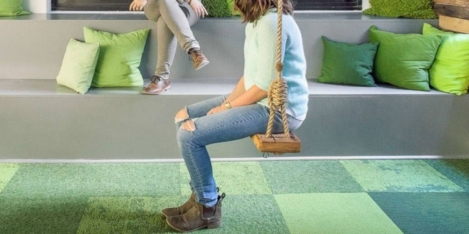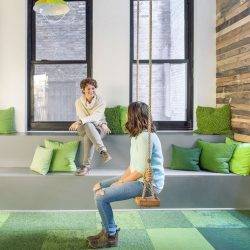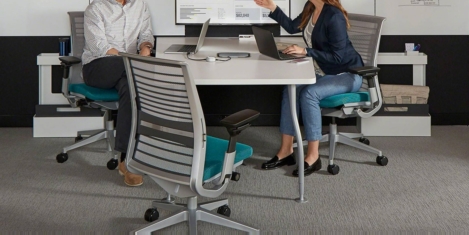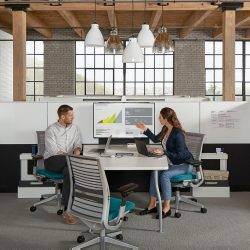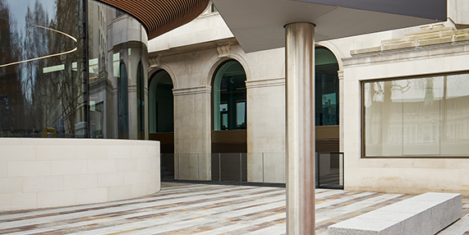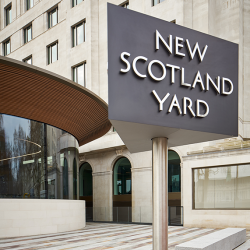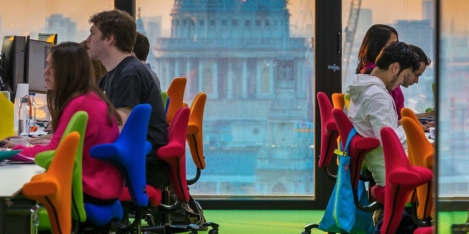May 2, 2017
Winners of BCO Awards for Midlands and Central England announced 0
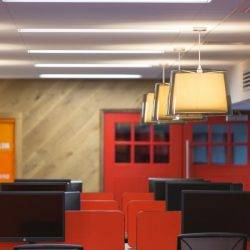 The £10 million new headquarters of Wolverhampton beer and pubs group Marston’s has been named as the Best Corporate Workplace at the British Council for Offices’ annual Midlands and Central England Property Awards. The refurbishment was led by interior design firm Newman Gauge. Centre City, in Birmingham, gained the award for best commercial workplace following a redevelopment by owner Bruntwood. The judging panel said the 1975 building had been brought back to life by the refurbishment. Energy Systems Catapult, a workspace lab based at Cannon House won the award for best fit out of a workplace, with judges praising the company ethos to stimulate innovation in energy technologies.
The £10 million new headquarters of Wolverhampton beer and pubs group Marston’s has been named as the Best Corporate Workplace at the British Council for Offices’ annual Midlands and Central England Property Awards. The refurbishment was led by interior design firm Newman Gauge. Centre City, in Birmingham, gained the award for best commercial workplace following a redevelopment by owner Bruntwood. The judging panel said the 1975 building had been brought back to life by the refurbishment. Energy Systems Catapult, a workspace lab based at Cannon House won the award for best fit out of a workplace, with judges praising the company ethos to stimulate innovation in energy technologies.





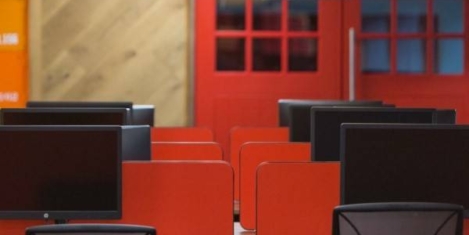
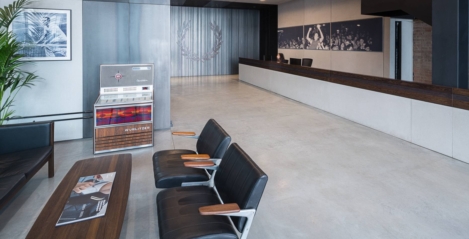
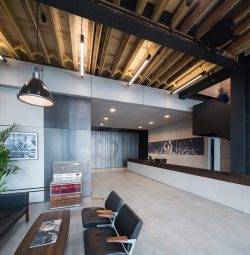
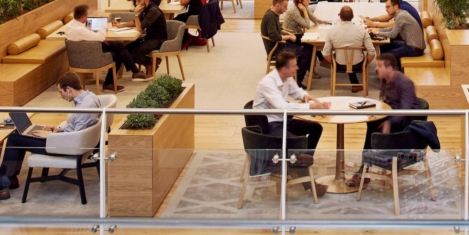
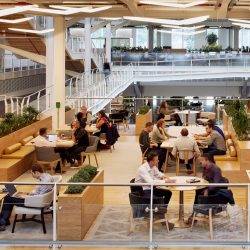

 A major research study into Health and Wellbeing in offices has been launched by the British Council for Offices (BCO). “Wellness Matters: Health and Wellbeing in offices and what to do about it” is a year-long project which aims to provide definitive guidance on how to enable office Health and Wellbeing across a building’s lifecycle. The major research study has been commissioned to critique existing Health and Wellbeing measurement and certification, identify the most recent and relevant medical evidence justifying a proactive approach to Health and Wellbeing in the built environment, and give guidance on the business case for investment in this space beyond simply improving productivity. Most significantly, this research aims to deliver a practical guide to creating a healthy environment across the different stages of a building’s life cycle, from design, construction and leasing to the most important aspect by time and value: occupation and asset management.
A major research study into Health and Wellbeing in offices has been launched by the British Council for Offices (BCO). “Wellness Matters: Health and Wellbeing in offices and what to do about it” is a year-long project which aims to provide definitive guidance on how to enable office Health and Wellbeing across a building’s lifecycle. The major research study has been commissioned to critique existing Health and Wellbeing measurement and certification, identify the most recent and relevant medical evidence justifying a proactive approach to Health and Wellbeing in the built environment, and give guidance on the business case for investment in this space beyond simply improving productivity. Most significantly, this research aims to deliver a practical guide to creating a healthy environment across the different stages of a building’s life cycle, from design, construction and leasing to the most important aspect by time and value: occupation and asset management.

